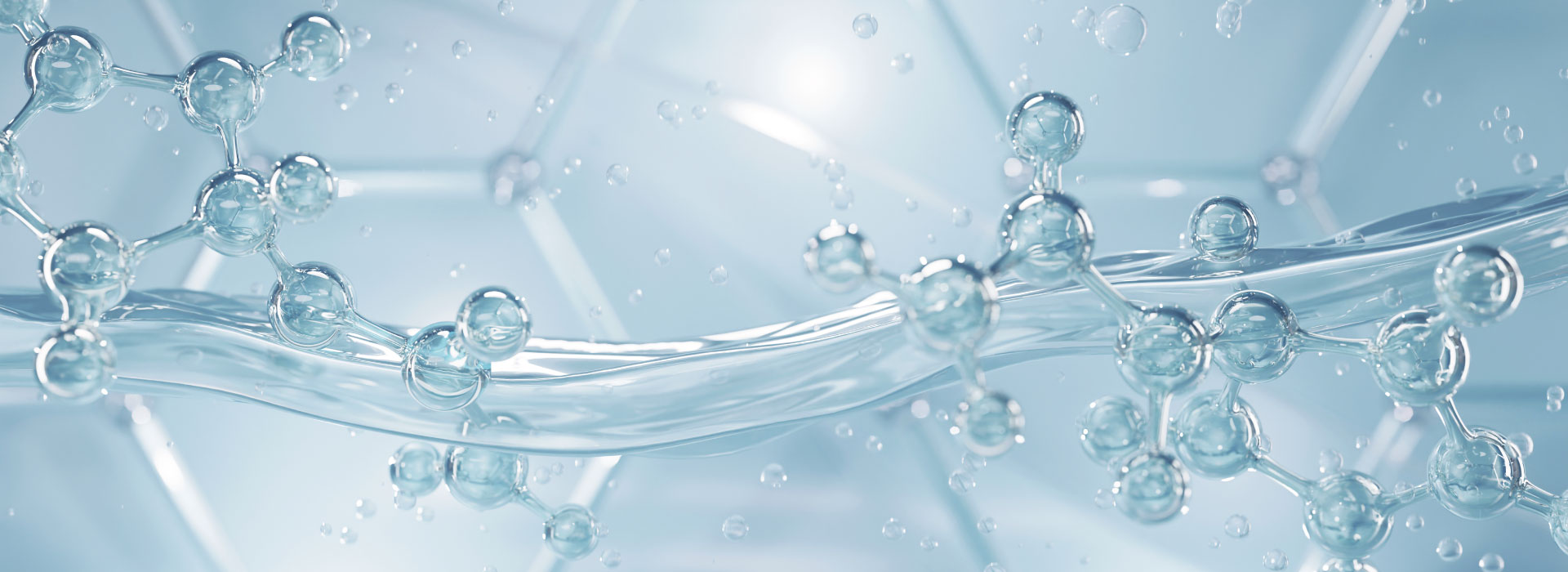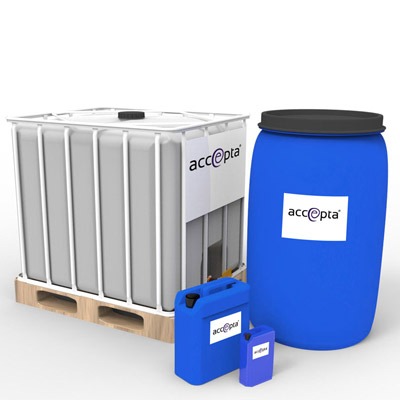The Function of Foam Control in Wastewater Treatment: Finest Methods and Approaches
The Function of Foam Control in Wastewater Treatment: Finest Methods and Approaches
Blog Article
Effective Methods for Attaining Optimal Foam Control in Chemical Manufacturing
Effective foam control is a critical facet of chemical production that can significantly impact manufacturing effectiveness and product quality. By understanding the devices of foam development and selecting appropriate anti-foaming representatives, makers can take positive measures to minimize extreme foam.
Comprehending Foam Formation

Surfactants, or surface-active agents, reduce the surface area tension of the fluid, promoting bubble stability and promoting foam generation. In addition, anxiety or blending procedures can enhance bubble development, typically intensifying foam concerns. The attributes of the liquid tool, including thickness and density, more influence foam actions; for instance, even more viscous liquids have a tendency to trap air a lot more efficiently, bring about boosted foam security.
Comprehending these fundamental elements of foam development is vital for efficient foam control in chemical production. By recognizing the conditions that advertise foam development, makers can apply targeted techniques to alleviate its adverse impacts, consequently maximizing production processes and making sure regular product quality. This foundational understanding is crucial before exploring certain approaches for regulating foam in commercial settings.
Selection of Anti-Foaming Agents
When selecting anti-foaming agents, it is necessary to take into consideration the specific qualities of the chemical process and the kind of foam being produced (Foam Control). Different aspects affect the performance of an anti-foaming representative, including its chemical make-up, temperature level security, and compatibility with various other procedure products
Silicone-based anti-foams are commonly utilized because of their high effectiveness and broad temperature variety. They work by decreasing surface tension, permitting the foam bubbles to integrate and damage even more quickly. They may not be suitable for all applications, specifically those entailing delicate formulas where silicone contamination is an issue.
On the other hand, non-silicone representatives, such as mineral oils or natural compounds, can be beneficial in specific circumstances, specifically when silicone residues are undesirable. These representatives often tend to be less effective at greater temperature levels but can provide reliable foam control in other conditions.
In addition, comprehending the foam's origin-- whether it emerges from aeration, agitation, or chemical responses-- guides the selection procedure. Evaluating under real operating conditions is essential to make sure that the selected anti-foaming representative satisfies the unique needs of the chemical manufacturing procedure efficiently.
Refine Optimization Methods
Reliable foam control is a crucial aspect of enhancing chemical manufacturing processes. To boost effectiveness and decrease production prices, producers have to execute targeted procedure optimization techniques. One vital technique includes readjusting mixing setups and rates. By fine-tuning these parameters, operators can lower turbulence, consequently decreasing foam formation throughout blending.
In addition, controlling temperature and stress within the system can dramatically impact foam generation. Lowering the temperature may minimize the volatility of particular parts, leading to reduced foam. Preserving ideal stress degrees assists in alleviating too much gas launch, which adds to foam security.
One more efficient technique is the calculated enhancement of anti-foaming representatives at critical points of the procedure. Cautious timing and dosage can guarantee that these agents efficiently suppress foam without disrupting other procedure criteria.
In addition, including a methodical examination of basic material residential properties can assist determine inherently foaming materials, enabling preemptive procedures. Finally, conducting normal audits and procedure evaluations can reveal inefficiencies and areas for improvement, making it possible for constant optimization of foam control techniques.
Surveillance and Control Equipment
Surveillance and control systems play an important function in keeping optimum foam administration throughout the chemical manufacturing procedure. These systems are important for read this post here real-time monitoring and modification of foam degrees, making sure that production performance is optimized while reducing disturbances brought on by excessive foam formation.
Advanced sensing units and instrumentation are utilized to identify foam density and elevation, offering essential data that educates control algorithms. This data-driven technique permits the timely application of antifoaming representatives, ensuring that foam degrees continue to be within appropriate restrictions. By integrating tracking systems with procedure control software, makers can apply automated actions to foam variations, decreasing the requirement for hand-operated intervention and improving functional uniformity.
Moreover, the integration of artificial intelligence and predictive analytics into keeping an eye on systems can promote proactive foam management. By evaluating historic foam information and functional criteria, these systems can anticipate foam generation patterns and recommend preemptive measures. Routine calibration and maintenance of tracking devices are important to ensure accuracy and reliability in foam detection.
Ultimately, effective monitoring and control systems are important for enhancing foam control, promoting security, and enhancing overall productivity in chemical manufacturing environments.

Case Research Studies and Finest Practices
Real-world applications of monitoring and control systems highlight the significance of foam administration in chemical production. A remarkable study involves a large-scale pharmaceutical producer that carried out an automated foam discovery system. By incorporating real-time surveillance with anticipating analytics, the center lowered foam-related manufacturing downtime by 30%. The data-driven strategy permitted prompt treatments, ensuring consistent item top quality and functional performance.
One more exemplary case originates from a petrochemical firm that took on a mix of antifoam representatives and procedure optimization techniques. By evaluating foam generation patterns, the organization tailored its antifoam dose, leading to a 25% decrease in chemical use and considerable cost savings. This targeted technique not just minimized foam disturbance however additionally improved the general security of the manufacturing procedure.

Conclusion
Finally, accomplishing optimal foam control in chemical production requires an extensive approach incorporating the choice of suitable anti-foaming representatives, implementation of procedure optimization methods, and the assimilation of sophisticated monitoring systems. Normal audits and training even more boost the efficiency of these strategies, promoting a society of constant renovation. By attending to foam formation proactively, makers can significantly improve production effectiveness and item quality, inevitably contributing to even more lasting and cost-efficient operations.
By comprehending the devices of foam see post formation and choosing ideal anti-foaming agents, makers can take aggressive steps to alleviate excessive foam. The qualities of the fluid tool, including viscosity and density, more impact foam behavior; for example, even more thick liquids tend to trap air a lot more properly, leading to increased foam stability.
Comprehending these basic facets of foam development is vital for efficient foam control in chemical production. By evaluating historical foam information and functional criteria, these systems can anticipate foam generation patterns and recommend preemptive measures. Foam Control. Regular audits of foam control determines make sure that procedures continue to be maximized, while cultivating a society of aggressive foam monitoring can lead to lasting renovations throughout the production range
Report this page